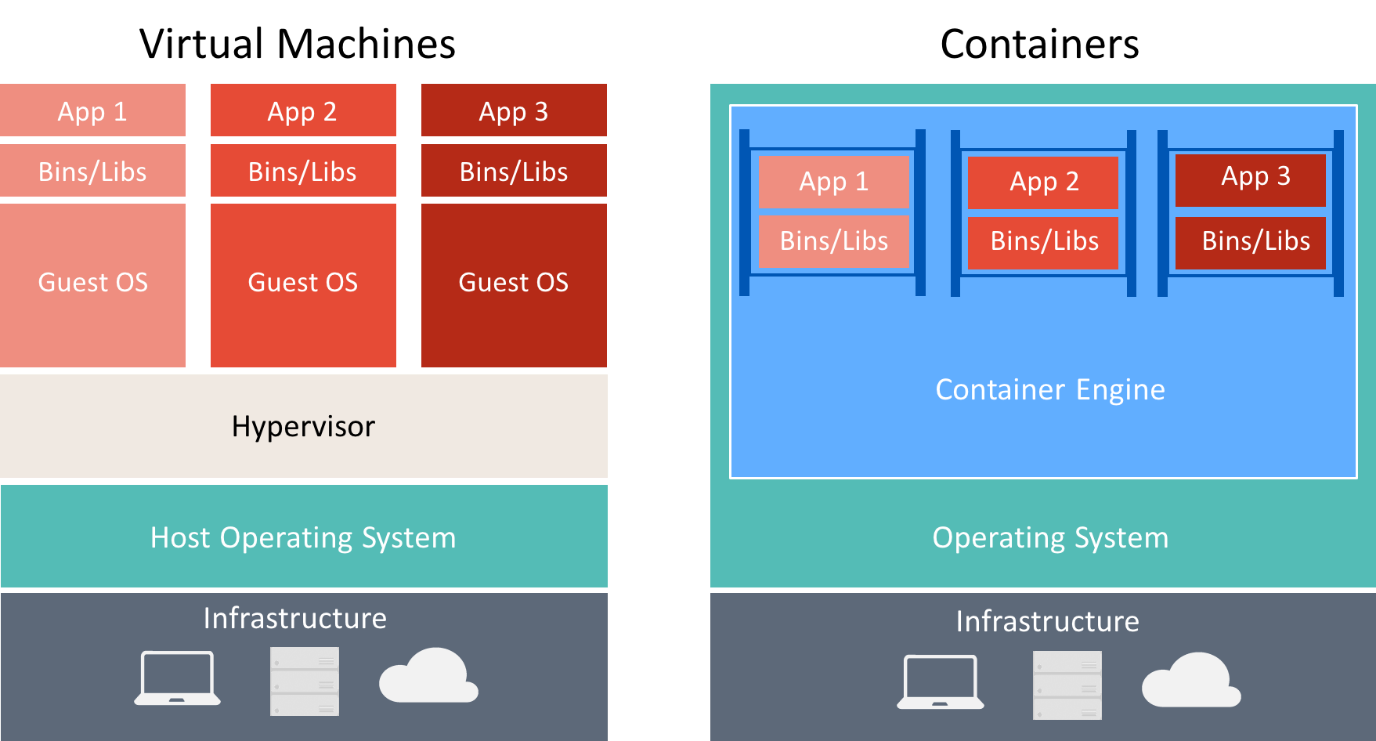Welcome to an exploration of the fundamental concepts of containerization. In this article, we will break down the basics of container technology and its role in modern software development.
Understanding Containerization Technology
Containerization technology is a method that allows applications and their dependencies to be bundled together and run in isolated environments. This is achieved through the use of **Linux namespaces** and **OS-level virtualization**, which help in creating a secure and lightweight environment for applications to run.
One of the key benefits of containerization is improved **computer security**, as it provides isolation between applications and the underlying infrastructure. Containers share the same kernel as the host operating system, making them more efficient than traditional virtual machines.
By understanding containerization technology, individuals can enhance their knowledge in **DevOps** practices and improve the scalability and efficiency of their applications. It is also an essential skill for those working in **cloud computing** environments.
Benefits and Shortcomings of Containerization
Benefits of containerization include portability, allowing applications to run consistently across different platforms, efficiency by utilizing resources effectively, and isolation to prevent conflicts between applications.
Containerization also enhances scalability as containers can be easily replicated and deployed, security by isolating processes and resources, and flexibility to easily update and manage applications.
However, containerization may have shortcomings such as complexity in managing multiple containers, performance overhead due to virtualization, and security vulnerabilities if not properly configured and managed.
To mitigate these shortcomings, organizations can implement best practices such as using secure base images, enforcing access controls, and regularly updating containers and dependencies.
Container Orchestration Explained
Container orchestration refers to the management of **containers** in a clustered environment. It involves automating the deployment, scaling, and monitoring of containerized applications. This is crucial for managing large-scale applications efficiently.
One popular tool for container orchestration is **Kubernetes**, developed by Google and now maintained by the Cloud Native Computing Foundation. Kubernetes allows users to easily deploy, manage, and scale containerized applications.
With container orchestration, you can ensure that your applications are running smoothly and efficiently across a cluster of machines. It also simplifies the process of managing updates and scaling applications based on demand.
By utilizing container orchestration, you can achieve improved resource utilization, better fault tolerance, and increased scalability for your applications. This is especially important in modern **DevOps** environments where agility and efficiency are key.
Different Containerization Technologies
When it comes to containerization technologies, some of the most popular options include Docker, **Kubernetes**, and **OpenShift**. These technologies use **Linux namespaces** and OS-level virtualization to isolate applications and their dependencies.
Docker, for example, allows developers to package applications and their dependencies into containers, making it easier to deploy and manage software across different environments. Kubernetes, on the other hand, provides a platform for automating the deployment, scaling, and management of containerized applications.
OpenShift, built on top of Kubernetes, adds additional features such as developer tools and enhanced security controls. These containerization technologies play a crucial role in modern **cloud computing** environments, enabling organizations to build and deploy applications more efficiently.
Understanding the differences between these technologies is essential for anyone looking to advance their skills in Linux and **distributed computing**. By gaining proficiency in containerization technologies, individuals can enhance their **software development** process and contribute to the success of their organizations.
Containers vs. Virtual Machines Comparison

| Aspect | Containers | Virtual Machines |
|---|---|---|
| Resource Usage | Share host OS resources, lightweight | Run full OS, heavy on resources |
| Isolation | Uses namespaces and cgroups for isolation | Runs on virtualized hardware, fully isolated |
| Boot Time | Seconds to start | Minutes to start |
| Portability | Can be easily moved between environments | May require conversion for different virtualization platforms |
| Overhead | Minimal overhead | Higher overhead due to running full OS |
Common Containerized Applications
Containerized web servers, such as Apache or Nginx, are popular for hosting websites and web applications. Databases like MySQL or PostgreSQL can also be containerized for easy deployment and scalability.
Application software, like CRM systems or content management systems, can benefit from containerization to streamline the deployment process.
By utilizing containers, these common applications can be easily managed, updated, and scaled in a more efficient manner. Containerization also helps in isolating applications from one another, enhancing security and reducing vulnerabilities.
Implementing and Overcoming Challenges in Containerization
To successfully implement containerization, it is essential to first understand the basics of the process. Utilizing tools such as Docker and Kubernetes can greatly aid in the containerization process. However, challenges may arise when it comes to managing security, sharing resources, and ensuring compatibility across different systems.
One way to overcome these challenges is by conducting thorough testing and implementing strict security measures to safeguard against potential vulnerabilities. Additionally, staying up to date with the latest advancements in containerization technology can help mitigate risks and ensure a smooth transition.
By taking Linux training courses, individuals can gain valuable skills and insights into containerization best practices. This will not only enhance their understanding of the process but also equip them with the necessary tools to tackle any challenges that may arise.

